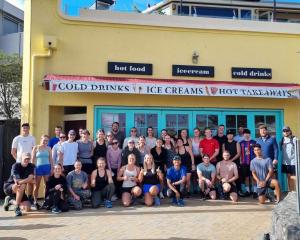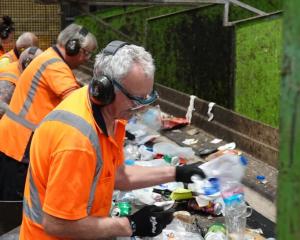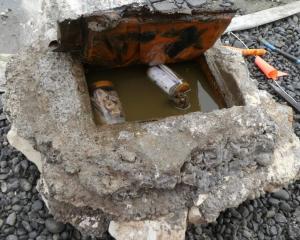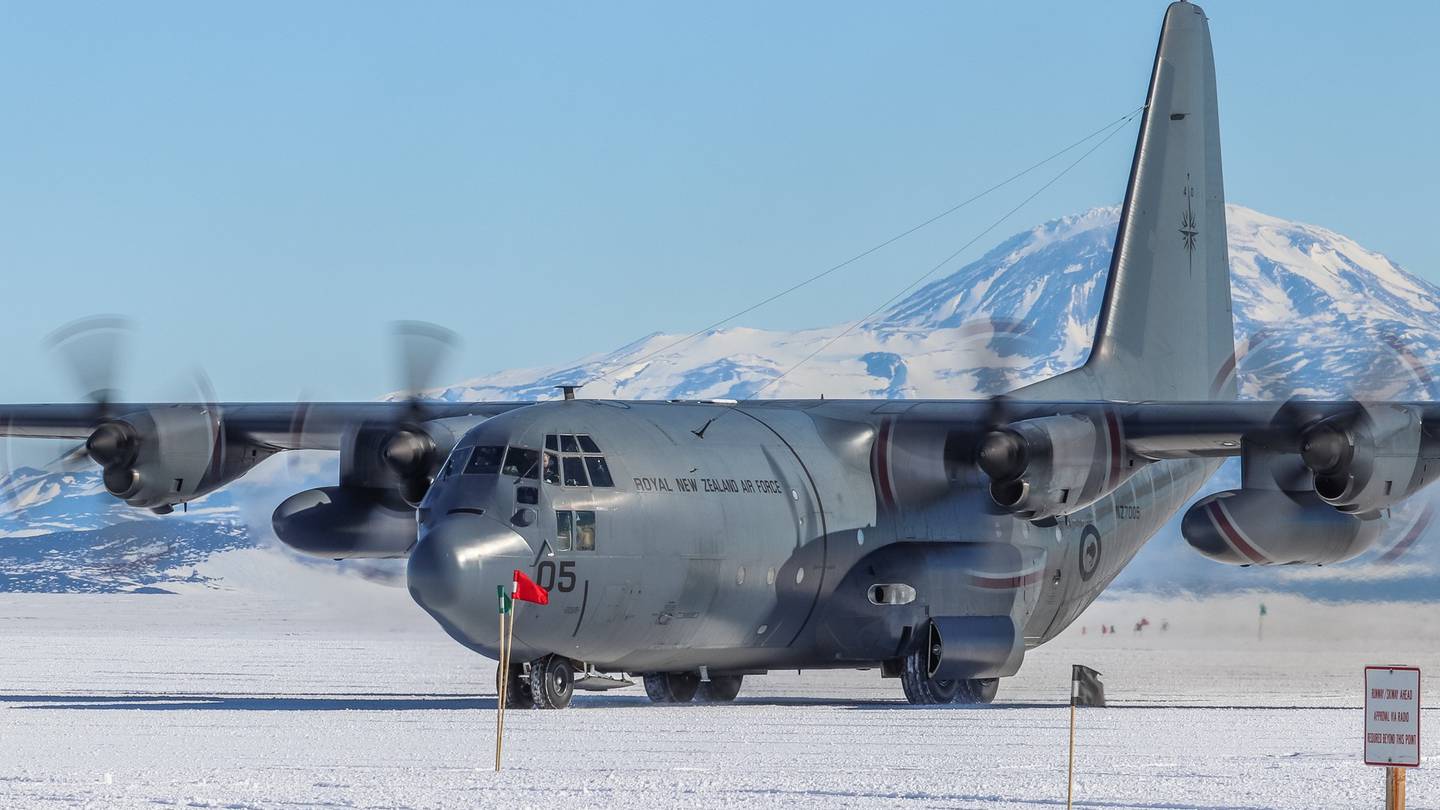
The team of New Zealand Defence Force (NZDF) hydrographers will leave Christchurch on Friday to carry out an underwater survey to help Antarctica New Zealand with logistical planning for its $250 million Scott Base redevelopment project.
They have all undergone Covid-19 testing and a 14-day managed isolation prior to departure – and spent a week training at Lake Alta in the Remarkables mountain range near Queenstown to test survey and underwater search equipment to see how the gear would react in the extreme cold.
Braving temperatures down to minus 25 deg C, the six members of Royal New Zealand Navy dive and hydrography unit HMNZS Matataua will cut holes in the ice and lower echo sounders to map the unknown terrain.
They will then create charts of the under-ice area in front of Scott Base.
It will be the first time HMNZS Matataua hydrographers have deployed to Antarctica and Lieutenant Commander Peter Jensen, the officer in charge, said they were looking forward to the challenge.
"Our aim is to collect hydrographic data from the Pram Point area of Ross Island.
"This information will be used to verify previous work conducted by Antarctica New Zealand and confirm specific logistical requirements for the Scott Base redevelopment project and ongoing scientific operations. We're excited about going, and hope the weather plays ball."
Jensen said the Central Otago training was "perhaps a little too warm for us" but gave them a good idea on what to expect – the likely pressures the cold will put on their gear.
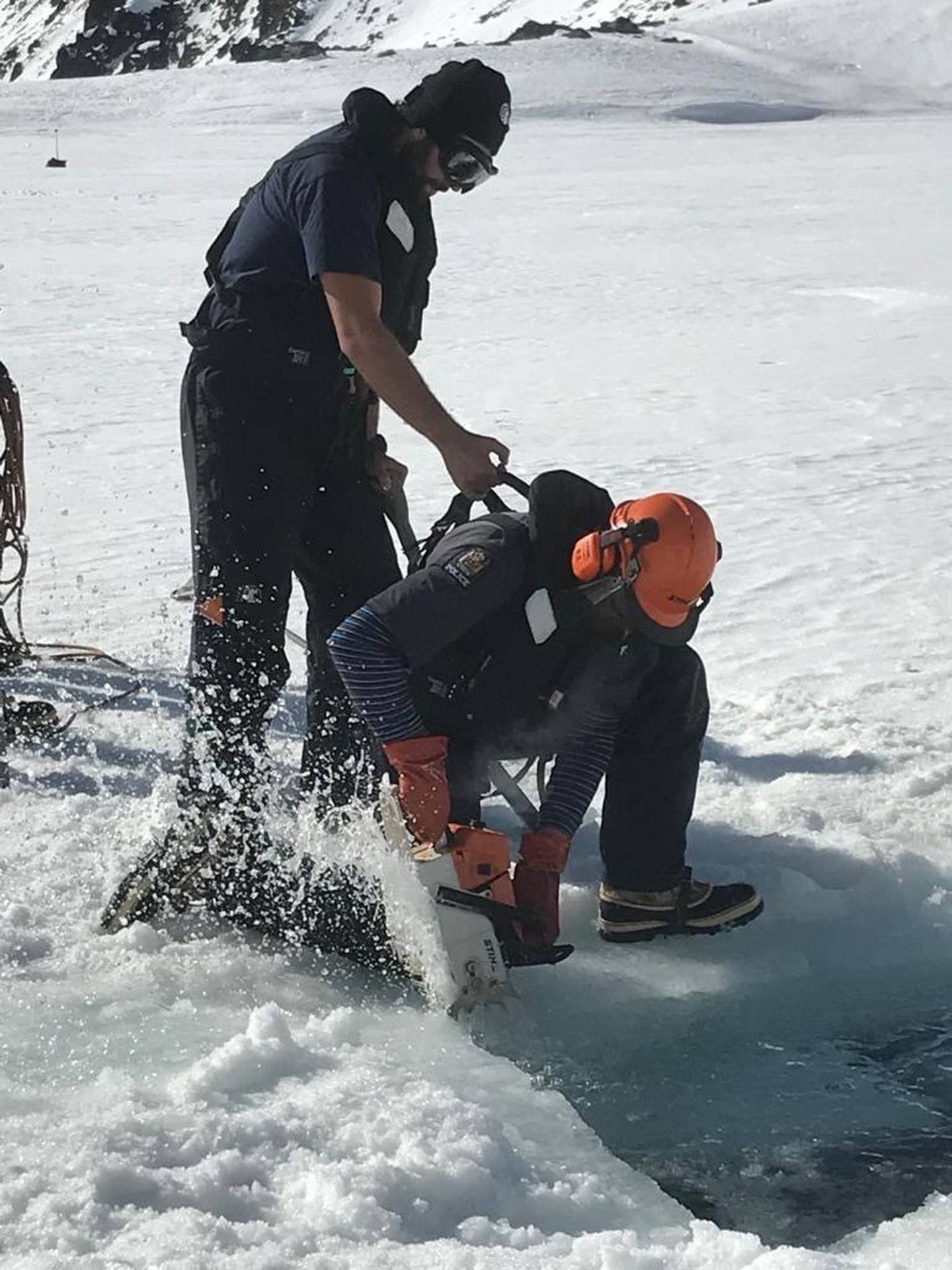
Five NZDF personnel are already in Antarctica for the summer season, working as part of the support team at New Zealand's Scott Base.
Commander Joint Forces New Zealand Rear Admiral Jim Gilmour said the NZDF had been providing support to Antarctica programmes since the 1950s, making this one of its most enduring missions.
Antarctica New Zealand chief executive Sarah Williamson said it was great to continue working with the NZDF for another summer season on the ice.
"Every season we look forward to NZDF staff joining our team at Scott Base," she said.
"They help fill a variety of roles from communications support, to plant operators and logistics.
"This season the data gathered by the hydrographers will be a vital part of planning for the biggest project Antarctica New Zealand has ever undertaken, the Scott Base redevelopment project."
The senior national officer for Operation Antarctica, Major Andrew Thornton, is making his fifth trip to the ice.
"Antarctica is obviously an incredibly special and unique environment and we take our responsibilities seriously to keep it that way."
During the 2019/20 summer season, the NZDF sent 132 personnel to the ice with another 26 personnel based at Harewood Air Movements terminal in Christchurch, supporting flights to and from Antarctica, including for the United States Antarctic Program.
Last summer, the NZDF sent cargo handlers, engineers, drivers, aviation refuellers, communications operators and base support staff to Antarctica.
Gilmour said a smaller number of NZDF personnel were going to the ice this year, due to Antarctic programmes operating a reduced season to minimise the possibility of Covid-19 entering the continent.
The hydrography team is expected to be in Antarctica for three to four weeks.
This summer, the Royal New Zealand Air Force is scheduled to operate about a dozen flights to Antarctica using C130H Hercules and Boeing B757 aircraft to transport cargo and passengers.



